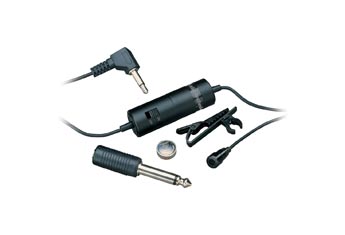 It’s not uncommon that our clients decide to shoot a bit of footage on their own and ask us to incorporate the material into videos that we are producing for them. Taking this approach makes sense. Rather than hiring us to just get one or two interviews or just capture a bit of broll from a single event, it’s simpler and more cost effective for them to grab the video themselves and hand it off to us. And we encourage this.
It’s not uncommon that our clients decide to shoot a bit of footage on their own and ask us to incorporate the material into videos that we are producing for them. Taking this approach makes sense. Rather than hiring us to just get one or two interviews or just capture a bit of broll from a single event, it’s simpler and more cost effective for them to grab the video themselves and hand it off to us. And we encourage this.
If this is something that you intend to do – whether you’re doing all the video recording yourself or you are collaborating with a producer – keep one fact in mind: the picture quality of your video can be lousy, but your audio should not.
An audience will be much more forgiving of video that doesn’t look polished, but if your audio is muddled, they will be distracted by it. This is especially critical with interviews. These days, more and more people have DSLR cameras (still cameras that also shoot video). Even inexperienced shooters can manage to capture lovely video with these cameras, but the audio is always subpar if you are relying on the camera’s microphone. Audio quality for a more traditional camcorder improves, but not by much.
Solving this problem is easy, however – go to Radio Shack or some similar electronics store and buy yourself a simple $40 lavalier microphone (pictured above). Clip the mic somewhere near the lapel of your interviewee, run the cable down the inside of their shirt or blouse to get the unsightly cable out of view, plug the other end into the audio-in jack of your camera. Presto. Your audio has just been improved by, oh, a magnitude of ten. And if you are delivering footage to your producer, your content will mix seamlessly into the professional material they’ve captured themselves rather than drawing attention to itself.
One additional point. Get yourself a simple set of headphones, plug them into your camera, and monitor the audio as it’s being recorded. Just because you have plugged a microphone into your camera does not mean that audio is actually being recorded. Sometimes you’ll need to fidget with a setting or two in order to switch audio recording from your camera’s microphone to your external one, and you won’t know what’s happening unless you are listening with headphones. If headphones won’t work for some reason, at a minimum find the audio meters on your camera and make sure that they are indicating a strong signal is coming through your external mic.